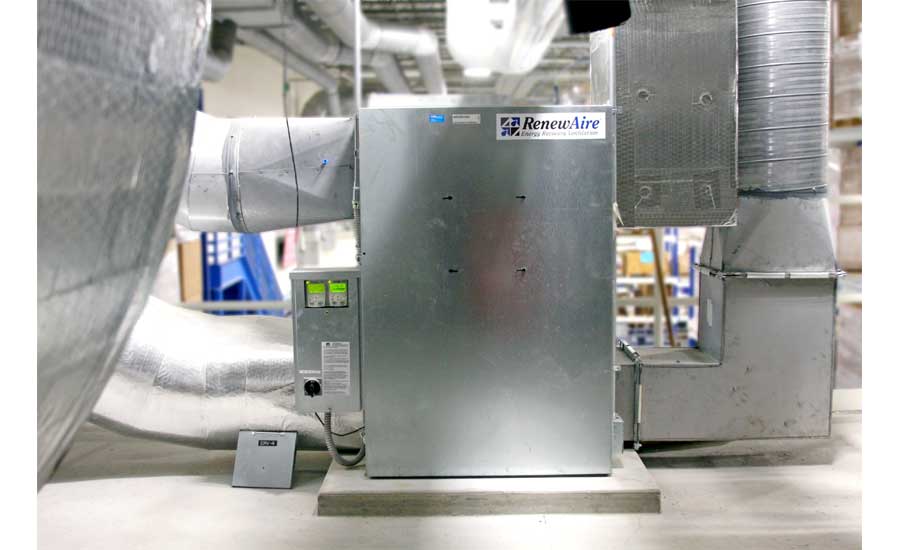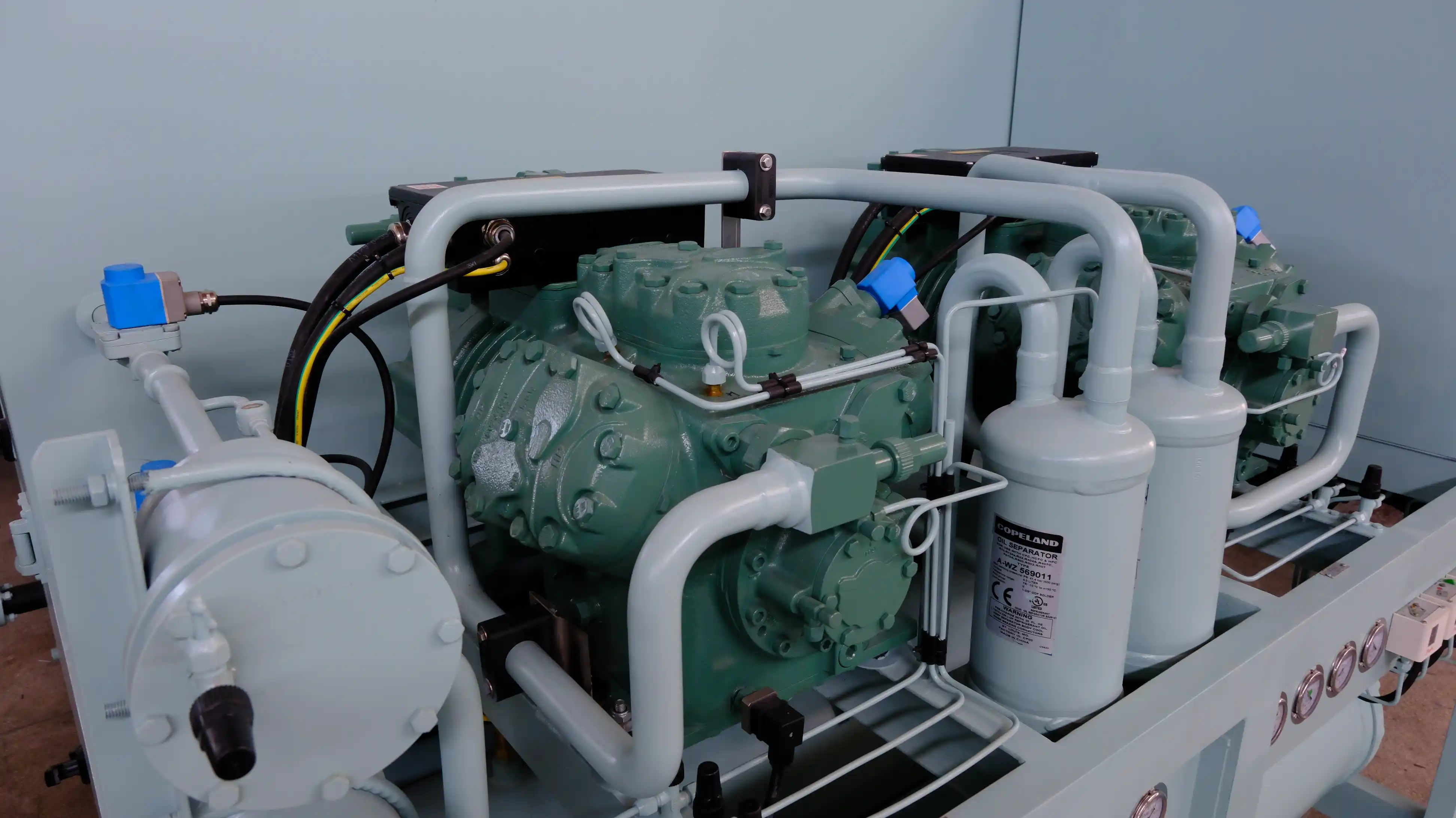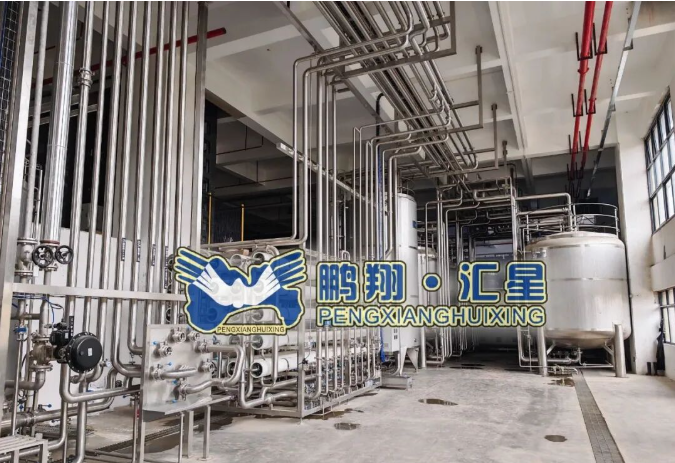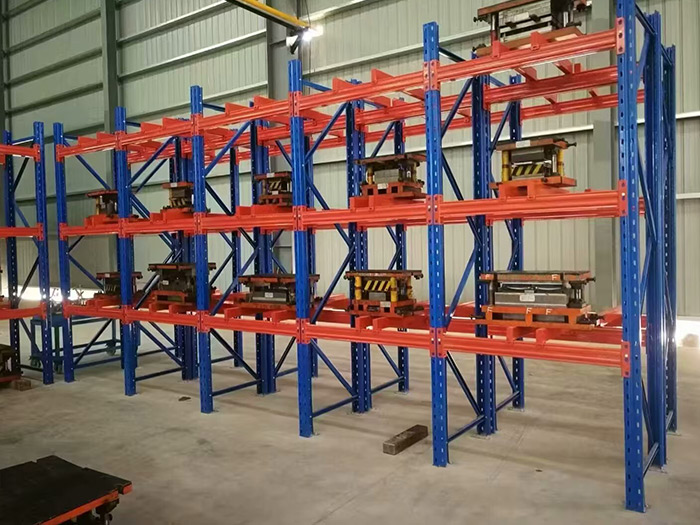Exploring the World of Ventilation Systems: Types and Benefits

In today's modern world, ventilation systems play a crucial role in maintaining a healthy and comfortable indoor environment. Whether it's a residential, commercial, or industrial setting, a well-designed ventilation system ensures proper air circulation, removes pollutants, and regulates temperature and humidity levels. In this blog post, we will delve into the concept of ventilation systems, explore their different types, and highlight their numerous benefits.
- What is a Ventilation System?
A ventilation system is a mechanical setup that facilitates the exchange of indoor and outdoor air, ensuring a continuous flow of fresh air while removing stale air. It consists of various components such as fans, ducts, filters, and controls, all working together to maintain optimal air quality and comfort. - Types of Ventilation Systems:
a. Natural Ventilation:
Natural ventilation relies on natural forces like wind and temperature differences to create air movement. It can be achieved through windows, doors, or vents strategically placed to allow fresh air to enter and stale air to exit. This type of ventilation is energy-efficient and environmentally friendly, but its effectiveness depends on external factors.
b. Mechanical Ventilation:
Mechanical ventilation involves the use of fans and other mechanical devices to circulate air. It can be further classified into the following types:
- Exhaust Ventilation:
This system works by extracting stale air from specific areas, such as kitchens and bathrooms, and expelling it outside. Fresh air enters the space through natural leakage or dedicated intake vents. - Supply Ventilation:
Supply ventilation introduces fresh air into a building through fans or ducts, improving indoor air quality. Stale air is expelled through natural leakage points. - Balanced Ventilation:
As the name suggests, balanced ventilation ensures an equal supply of fresh air and removal of stale air. It uses separate fans and ducts for intake and exhaust, providing better control over air distribution. - Heat Recovery Ventilation (HRV) and Energy Recovery Ventilation (ERV):
These systems recover heat or energy from the outgoing air and transfer it to the incoming fresh air, reducing energy consumption while maintaining indoor comfort.
- Benefits of Ventilation Systems:
a. Improved Indoor Air Quality:
Ventilation systems effectively remove pollutants, allergens, and odors, ensuring a healthier indoor environment. They also help control humidity levels, preventing the growth of mold and mildew.
b. Enhanced Comfort:
Proper ventilation regulates temperature and air movement, creating a comfortable living or working space. It prevents stuffiness, excessive heat, and cold spots, promoting productivity and well-being.
c. Energy Efficiency:
Modern ventilation systems are designed to be energy-efficient, reducing the overall energy consumption of a building. Heat recovery systems, for example, can significantly lower heating and cooling costs.
d. Noise Reduction:
Ventilation systems equipped with soundproofing features can minimize external noise, providing a quieter and more peaceful indoor environment.
e. Compliance with Building Codes:
Many building codes and regulations require proper ventilation systems to ensure the health and safety of occupants. Installing a ventilation system helps meet these requirements and avoid penalties.
Conclusion:
Ventilation systems are indispensable for maintaining a healthy, comfortable, and energy-efficient indoor environment. By understanding the different types of ventilation systems and their benefits, you can make informed decisions when it comes to designing, upgrading, or maintaining your own ventilation system. Remember, a well-ventilated space is a breath of fresh air for everyone inside.



